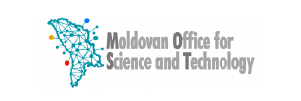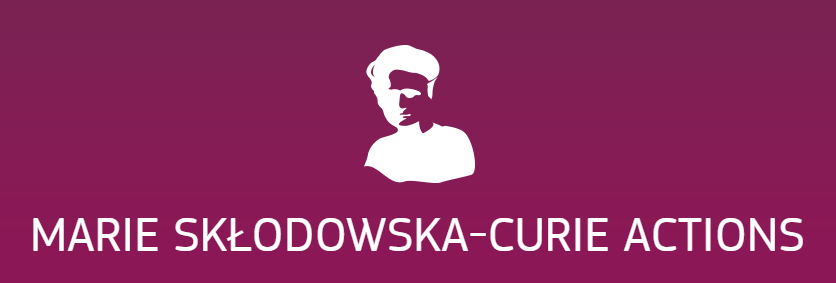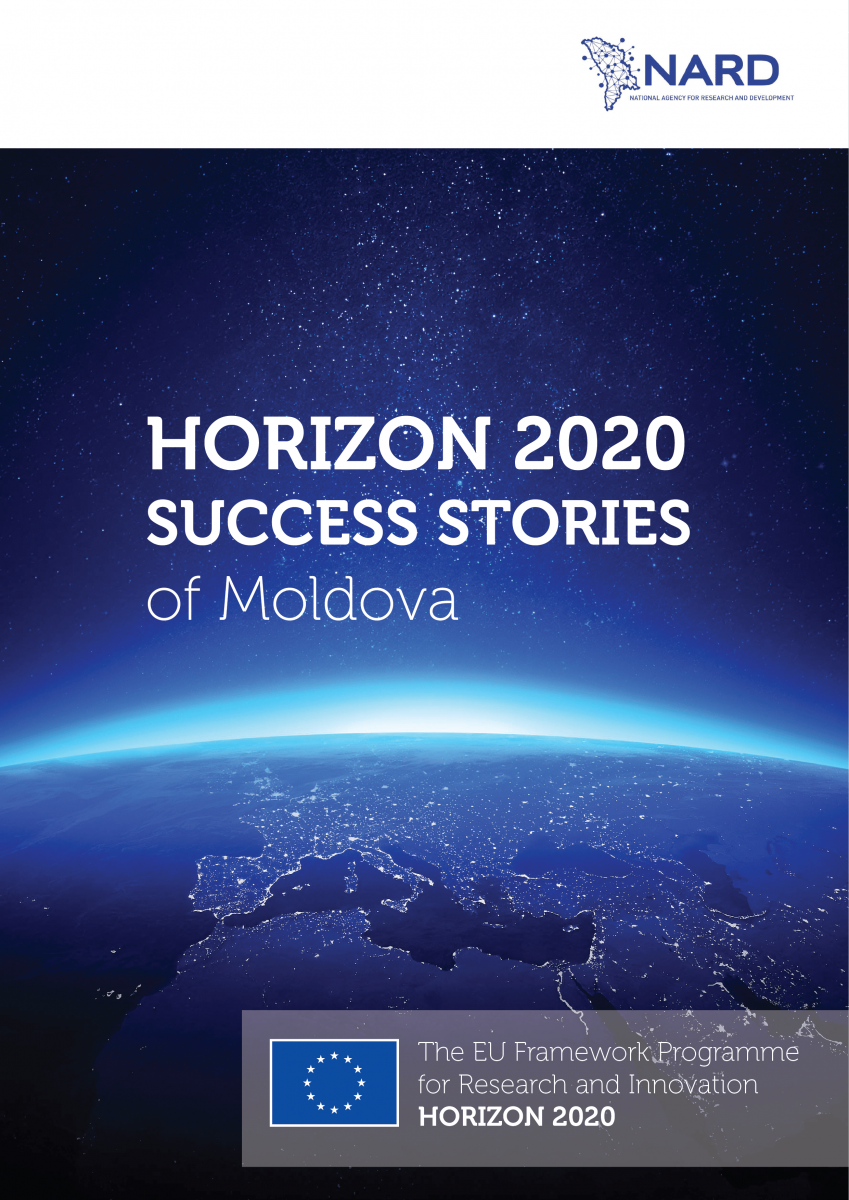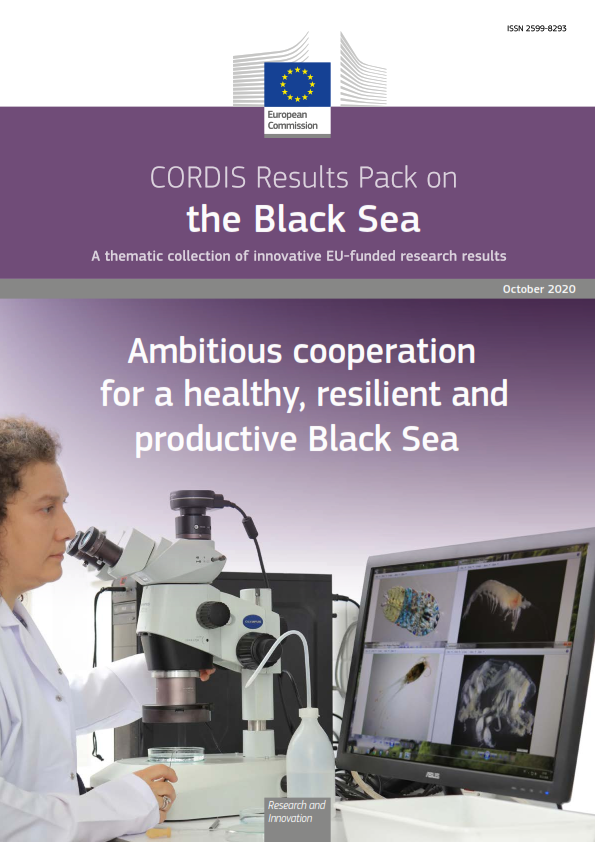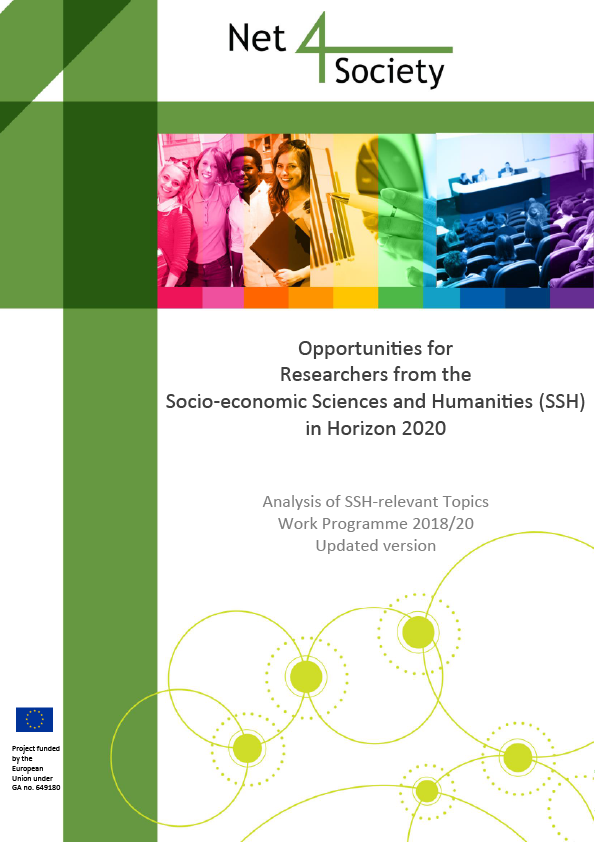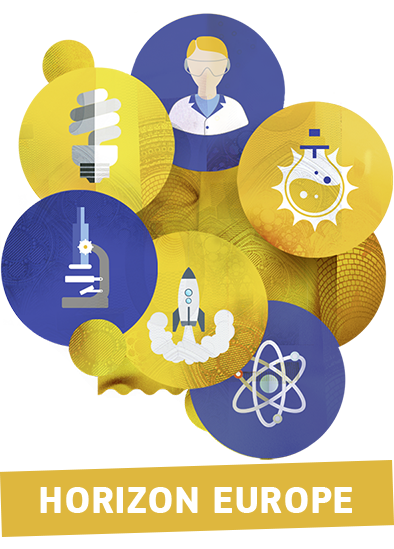The public online consultation on future FET Proactive initiatives was held in spring 2016. It is one of the inputs for the preparation of the next work programme for FET, covering the last three years of Horizon 2020 (2018-2020). To get there, the future FET Proactive lines of research will be fixed by the end of 2016, with a work programme text to be finalised before summer 2017. The consultation thus provides a timely snapshot of what is 'hot' and upcoming in terms of future technologies.
Consultation background
The aim of the FET Proactive consultation for the preparation of the FET work programme 2018-2020, was to identify themes with a high-degree of novelty combined with the need to consolidate a solid baseline for a new technological direction. The themes should not only have the potential to orient a critical mass of research activities but also to bootstrap the creation of an innovation system around the topic, which requires to go beyond proof-of-concept and to get stakeholders beyond the world of research actively involved as well.
The consultation gathered 59 contributions (and some 300 comments) for future Proactive themes under FET. In a first instance, we have clustered them in an attempt to make sense of the landscape that is covered. Here are some highlights.
Spin-based technologies contributions
The biggest cluster of contributions is around spin-based technologies (spintronics, 12 contributions). This remains a heterogeneous cluster that includes CMOS integration of state-of-the-art spintronics components, as well as far ranging topics in spintronics that still require new fundamental insights from solid-state physics, for instance on spin-orbit interaction, on spin-wave propagation (magnonics) or on spin-photon interaction. There are also indications of new areas of application, for instance for new spin-based sensors, optical spin-switches and even for neuromorphic computing. In addition to these directions on spintronics, there are other ideas on future device technologies (components, 2 contributions), in particular extensive proposals on nanophotonics and on nanophononics.
Biomedical technologies contributions
The other theme that stands out is the biomedical technologies (11 contributions). Again, this is a fairly heterogeneous cluster that includes electromagnetic medicines, intra-cellular nanotechnology for monitoring and treatment, nano-technology for in-body drug delivery and theranostics, adaptive medical implants, lab-on-chip and body-on-chip technologies, bioprinting for regenerative medicine, new non-invasive biosensors. Some contributions address direct societal needs, such as improved protection of medical devices against infection, early detection of onset of Altzheimer disease, and the easy handheld detection and identification of infectious diseases for personal use.
Digital services and media related contributions
The decentralisation trend of digital services and media is the driver that underlies three contributions. For instance, how to do fact-checking and how to understand the spreading of (mis)information are timely and relevant questions for which proof-of-concepts exist but that require substantial further work. Similarly distributed ledger technologies, of which Bitcoin is the most prominent example, are around for a while now but their theoretical foundations are currently weak and formal guarantees on their reliability and dependability are lacking. The theme of decentralisation is also present in 5 contributions on complex adaptive and evolvable systems that take more a systems engineering point of view on how to build large scale complex systems.
Energy related contributions
Energy remains a crucial concern when imagining the new technologies we will live by and with. The potential of low-power operation is a main driver for spintronics, for instance, and energy-efficiency has become one of the central requirements for any future high-performing computer (a contribution develops this and more for future HPC). Other contributions propose a systematic approach for powering the internet of things (low-power technology, energy-aware technology, energy harvesting), or look at full-scale floating wind turbines. In the broader context of environmental sustainability, one contribution highlights the "need to turn water challenges into new technological and societal opportunities" by calling for research on technologies in water and for water.
Other types of contributions
Like some of the above, several contributions provide interesting perspectives because they start from an arts and humanities perspective, rather than from a technological one. One contribution highlights the need to involve the arts more closely into technology projects (a line already taken with the STARTS initiative). Another one makes the case for a new architectural discipline that takes seriously the notion of environments for hybrid (real/virtual, online/off-line) living, elements of which are echoed in a contribution on how to understand the interactions between embodied practices, technology and culture. Economics, psychology and behavioural science underpin a proposed theme on how to keep humanity away from short sighted depletion of fossil resources, in spite of the increasing availability of alternatives. Related at least in spirit is a contribution that calls for a technological approach to environmental protection and wild-life surveillance with drones and big-data.
How we will interact with technology, and with each other through technology, is an old issue needing new answers. We already mentioned the contributions on a new form of architecture and embodied practices. Another one develops smart textiles with deep technology integration for sensing and interaction. The contribution on soft robotics brings new kinds of robotic technologies to the fore, be it for use in our homes, in the environment and in our bodies. It is complemented by a contribution on new material for life, which aims to exploit the emerging capabilities of custom-made materials for new and optimised capabilities in objects and devices. Sound being one of the less developed modalities in human-computer interaction, one contribution calls for an initiative to put it as a full-fledged element in VR and augmented reality (including the integration of sound into architecture). A contributed comment on this completes the picture by emphasising bi-directionality for this interaction (sound localisation, listening,…).
In FET we are looking for the unexpected and contributions are indeed fitting that bill. For instance, there are proposals for a complete overhaul of our increasingly 'digital' view of the world, for taking uncertainty as a fundamental feature of computing, or for developing an entirely new ontological basis for reality. There are also proposals that take developments in cosmology and earth sciences as the driver for developing new experiments and new technologies.
Clustering with emerging technologies trends
How representative is all this, compared to what is going on in the world in science and technology in general? OBSERVE is a FET Coordination and Support Action (CSA) that, through an extensive and independent horizon scanning exercise, aims to identify new opportunities and directions for interdisciplinary research towards new and visionary technologies of any kind. Their main result so far (the project is still ongoing) is a list of 34 clusters of topics of interest for FET. We have mapped the contributions to the FET consultation into OBSERVE clusters, showing that at least 20 of them are covered by the consultations, while 2 themes from the consultation would deserve two additional clusters (system science and micro-fluidics). We also find that several of the OBSERVE themes that were not addressed by our current consultation are actually already covered in the portfolio of ongoing FET projects.
The next steps of the consultation will be shortly detailed in a blogpost.



